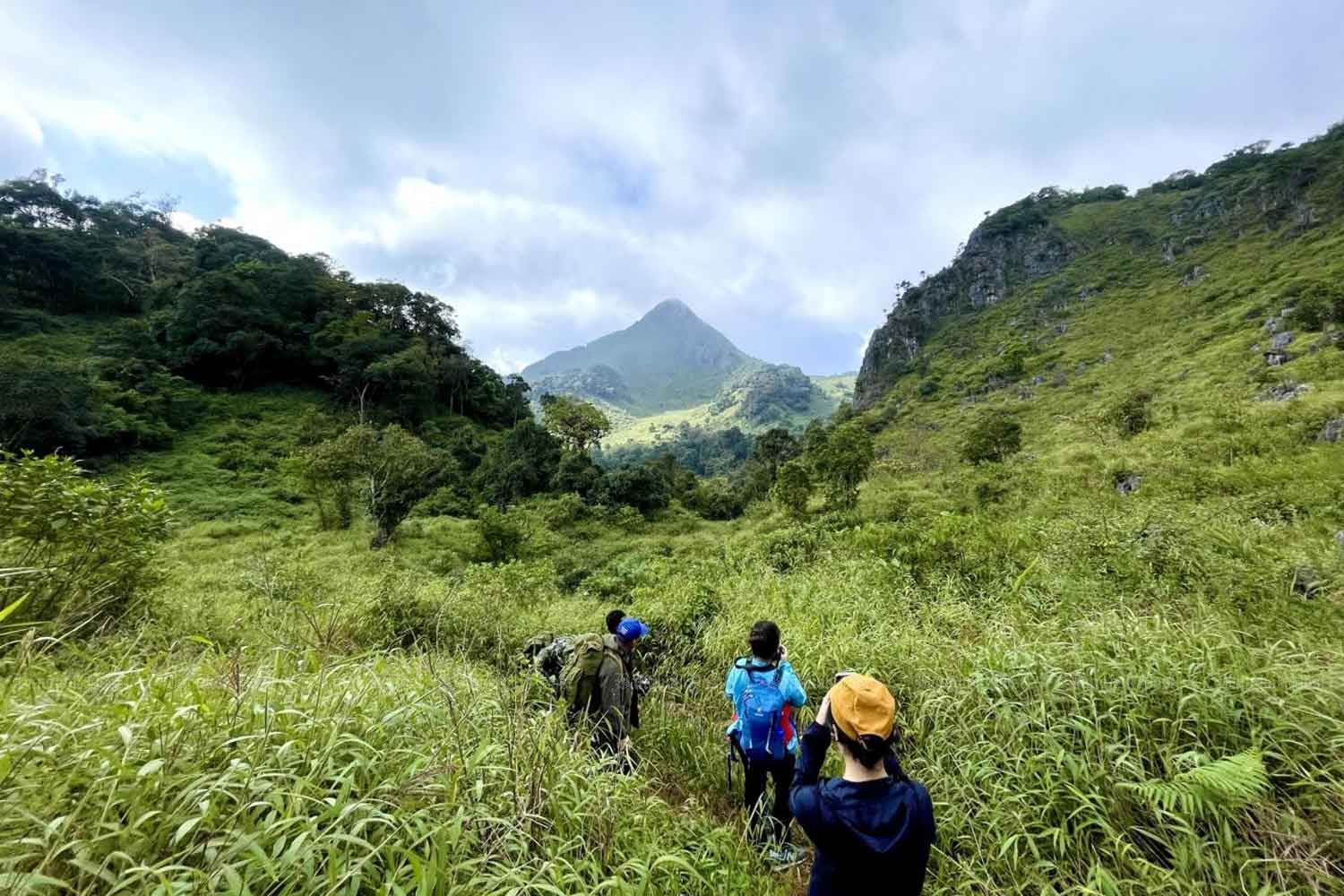Doi Luang Chiang Dao in Chiang Mai is a once-in-a-lifetime opportunity to discover lush sub-alpine woodland and limestone mountains that rise 2,225m above sea level. As part of Chiang Dao Wildlife Sanctuary, its topography is comparable to that of the Himalayas and south China.


Thanks to its diverse biological ecosystem, it is a must-see destination after it was added to the list of biosphere reserves by the United Nations Educational, Scientific and Cultural Organisation (Unesco) last year. This prompted the wildlife sanctuary to enhance awareness of visitors' role as guardians rather than conquerors on the trek to the top of Doi Luang Chiang Dao.
With a population of 23,917 inhabitants, the wildlife sanctuary occupies 536,931 rai and is home to 100 of 2,000 serows in Thailand, plus over 620 species of wild animals. It has billed itself as a learning centre for sustainable development and this year's visitors had to register in advance in October. The alp is accessible until Jan 31 with a cap of 100 people per day, with colourful winter blossoms in full bloom and chilly breezes.
In 2019, the government passed the new National Park Act, which assists local people in capitalising on the area's potential for community-based tourism while decreasing agricultural areas. The wildlife sanctuary is working with communities to develop a programme of eco-friendly leisure activities and walking tours for tourists during the off-season.
"The ethnic groups in the area are diverse with Hmong, Lishu, and Paganyaw cultivating mobile plantations, rotational farms, and cash crops like cauliflower and corn. During the dry season, people go hunting in the forest, and the area has suffered forest fires, which causes air pollution," said Kittapas Kuntathongsakutdi, director of wildlife conservation division at the Protected Area Regional Office 16 (Chiang Mai).
"The plan and restrictions on area management were put in place after Doi Luang Chiang Dao was recognised as a biosphere reserve last year. Rather than enforcing the law, we teamed up with the Forestry Department and the Doi Chiang Dao Wildlife Research Station to educate people how important wildlife and plants are. For three to four years, local communities have been involved in the tourism industry. The new National Park Act will aid in gaining more income and fostering positive relationships among authorities, communities, and partner networks."
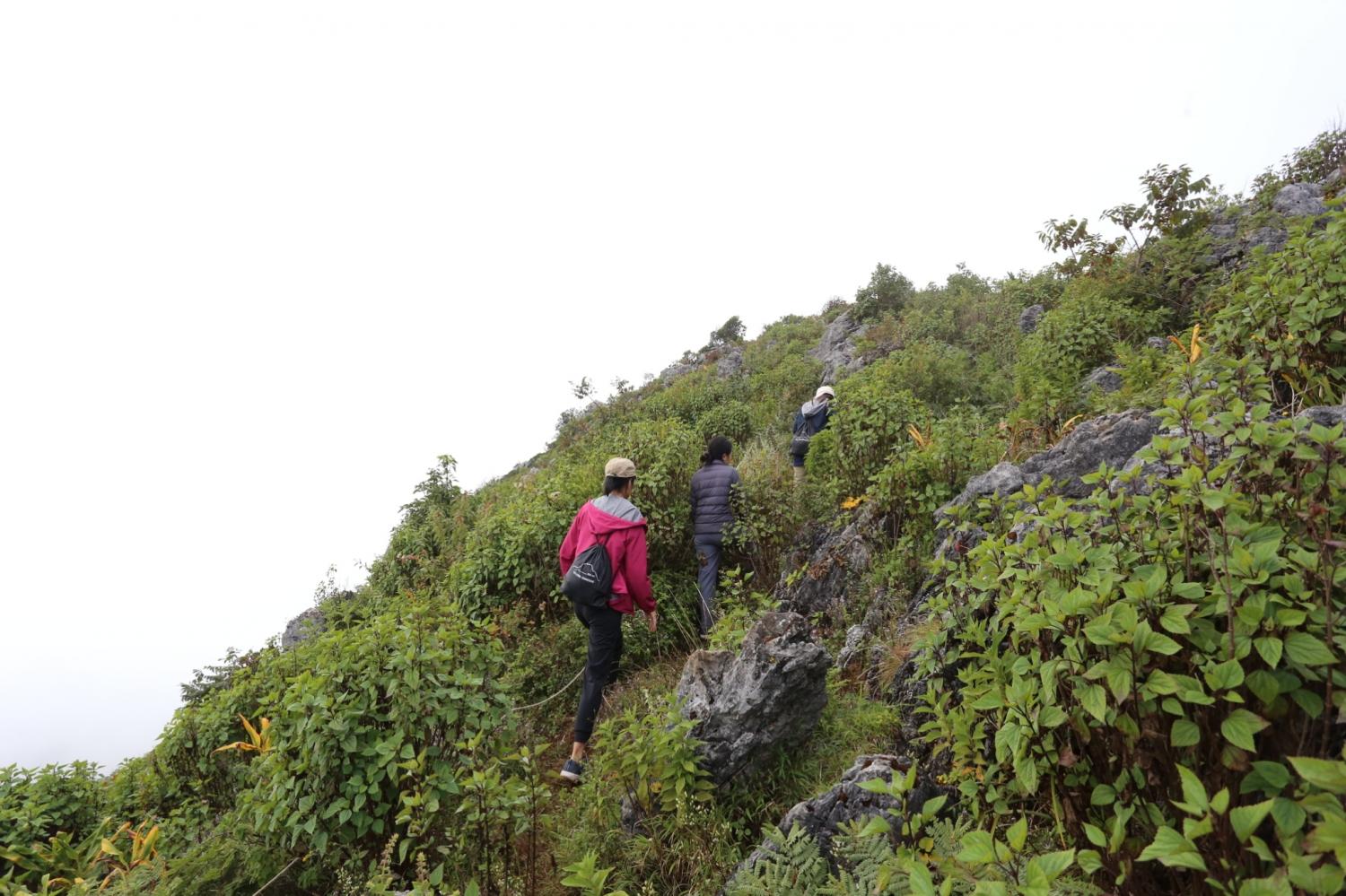
A rocky path leads to the summit of Doi Luang Chiang Dao, where visitors can enjoy beautiful views of the lush valley.
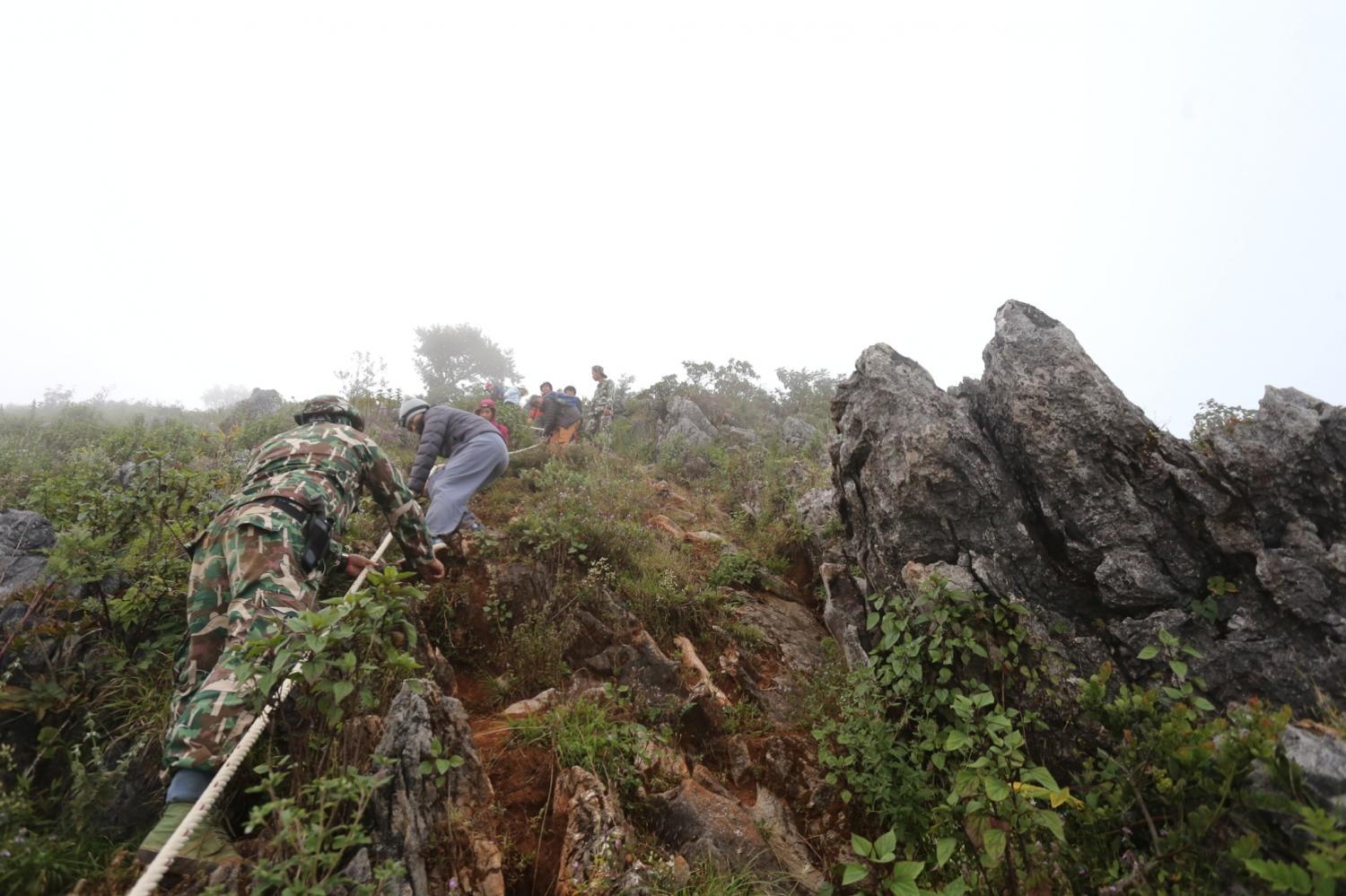



The sanctuary has improved the landscape and installed mobile toilets to assure waste management. Visitors are required to take part in a 60-minute training session the day before ascending Doi Luang Chiang Dao in order to learn about the biosphere reserve, its rules, and how to survive on the campgrounds. They will be given a pack of disposable urine gel bags and biodegradable plastic bags for excretion, however, they can't cook or throw away trash on the mountain.
"For the past three years, we've conducted a training session and the response has been favourable. When visitors need to stay longer, they will reserve a resort and spend a day visiting tourist attractions, restaurants or cafes. During the peak season, local entrepreneurs can make more money on weekdays and weekends," said Natthakun Khanthasorn, chief of Chiang Dao Wildlife Sanctuary.
To promote understanding of Doi Chiang Dao nature trail and biosphere reserves, the brand-new "Wonders Of Doi Luang Chiang Dao Biosphere Reserve" exhibition provides an introduction to what visitors might expect to see in the deep jungle.
It's a collaboration between Chiang Dao Wildlife Sanctuary, Bertram (1958), Chiang Mai University's Faculty of Fine Arts and We Love Doi Luang Chiang Dao Network that created a gallery of photographs and information about the management of the region, illustrating how people and nature can live in harmony.
Thailand has the other four biosphere reserves including Sakaerat in Nakhon Ratchasima, Mae Sa-Kog Ma in Chiang Mai, Huay Tak Teak in Lampang and the Ranong Mangrove Forest. Looking at a map, visitors can learn about zoning of the lands in the biosphere reserve.
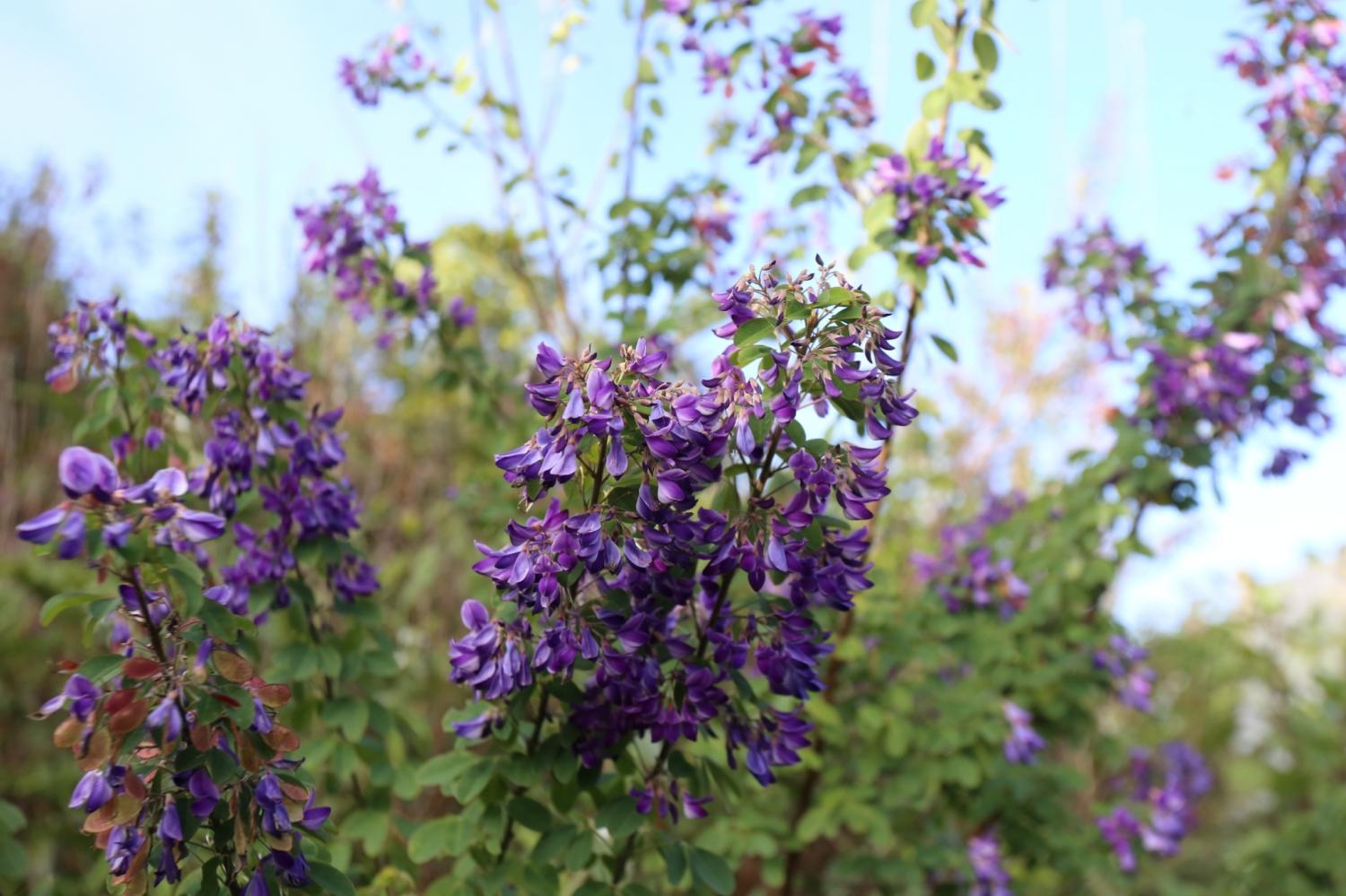
Doi Luang Chiang Dao is home to around 100 semi-alpine flower species from the Himalayan mountains.
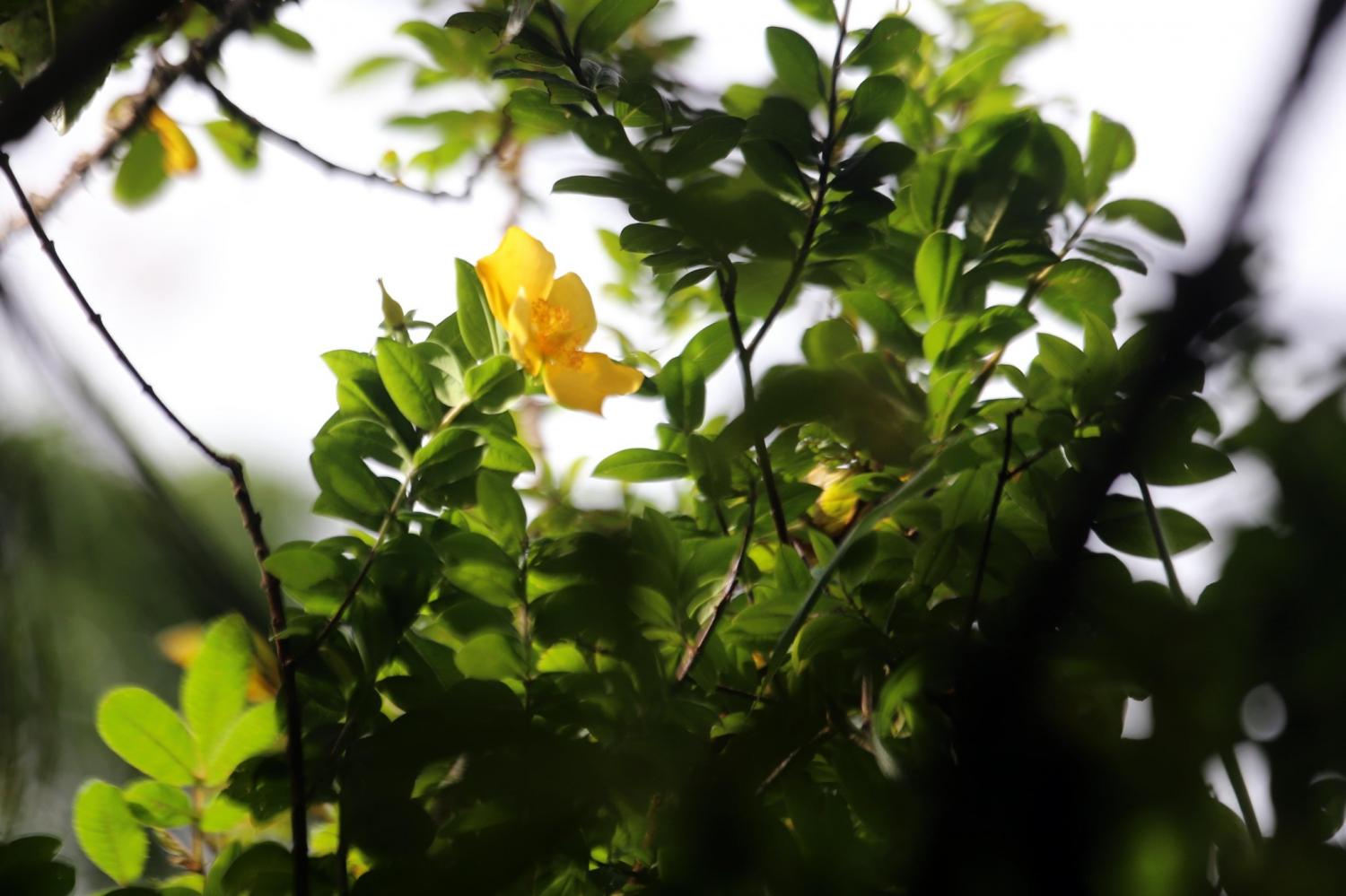


The core region is set aside to protect landscapes, ecosystems, animals and genetic variations like Doi Luang Chiang Dao, Doi Nang and the watershed forest. The buffer zone borders the core region and is home to 25 villages, allowing local villagers to conduct scientific research and environmental education activities. The transition area or downtown Chiang Dao can be used to showcase their rich culture and the way of local life.
"This is a wildlife sanctuary, not a national park that may be visited as a tourist attraction. Visitors are not tourists, but rather natural learners. This is the first time we've shown a structure between protected and tourist-oriented areas so that the general public may understand how the places are managed," said Assoc Prachya Compiranont from Chiang Mai University's Faculty of Fine Arts.
"The biosphere reserve emphasises the significance of the human and ecological ecosystems. A group of researchers, botanists, and professional photographers have contributed a collection of eye-catching images to present Doi Luang Chiang Dao as a model of the sub-alpine ecosystem in Thailand."
In order to encourage sustainable tourism, they're collaborating with local communities to create a series of mini exhibitions that will be on display at several restaurants, grocery stores, resorts, and cafes. Local villagers will also provide local cuisine made with local products and act as guides on walking tours to the community forests.
Due to a lack of internet access on the mountain, Chiang Dao Wildlife Sanctuary also teamed up with National Innovation Agency, Deco Moda Studio, Faculty of Architecture of Chiang Mai University, and We Love Doi Luang Chiang Dao Network to develop the offline map application "Doi Chiang Dao Biosphere" with 28 intriguing learning stations in order to navigate and provide a crowd of visitors with information in both Thai and English.
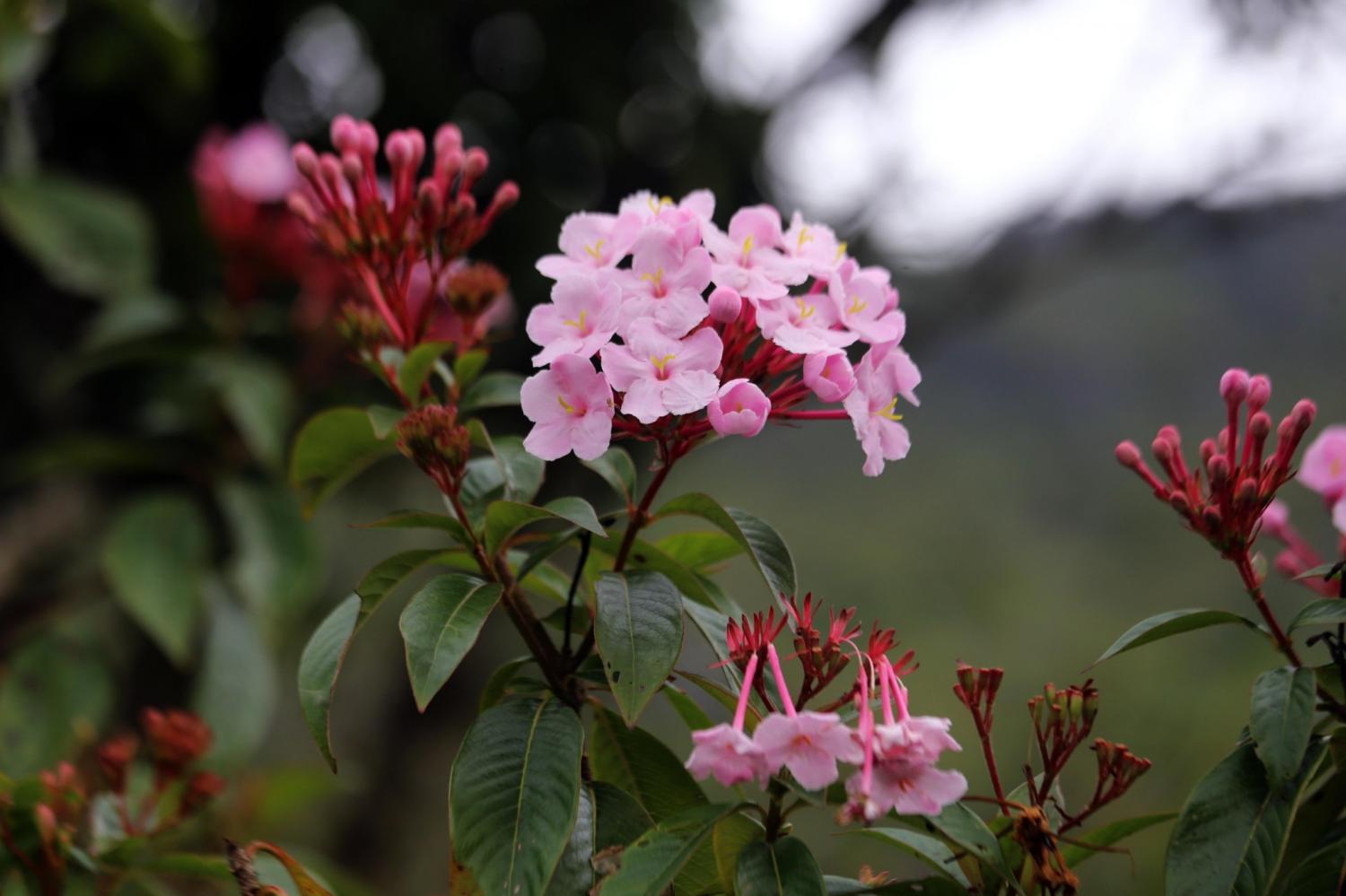
Chompoo Pimjai. Saranyu Nokkaew
We awoke early and boarded a four-wheel drive pickup truck that wound through a corkscrew rocky road to the Khun Huai Mae Kok Forest Protection Unit (Den Ya Kat). The sun came out to warm us and our adventure kicked off at 9am after breakfast. It's an 8.5km hike to Ang Salung, where visitors can camp overnight in the verdant sub-alpine forest.
We scanned a QR code and began learning about a lower montane coniferous forest, which is covered with three and two-leaved pines, and a diverse range of other species that can be found up to 1,000m above sea level.
Around 1,600m away from the starting point, we reached a viewpoint on a cliff from where we could see the mountain ranges of Mon Chomchan and Na Lao Village in Huai Nam Dang National Park. Looking around, visitors can unwind in the evergreen forest of three-leaved pines. Their tall, straight trunks, shallow flakes of bark, clusters of three thin, hair-like leaves, and strong, hard cones are distinguishable.
Nearby, another vantage point provides a breathtaking view of Doi Luang Noi that is home to the Sri Chiang Dao and egg-in-a-nest orchids. We stopped for a rest at the resting point, which features large stones against a backdrop of flat terrain and tall kor trees that are draped in Heart of Tosakan with heart-shaped leaves and kra tae tai mai fern.
Deeper in the dense forest, I found myself lingering on a narrow uphill lane and the striking sights of Three Sisters Mountain took my breath away as my travel companions clicked her camera's button nonstop. Between October and December, a garden of tian nok kaew, pink parrot-like endemic flowers of Doi Luang Chiang Dao, emerge on a flat area to greet visitors while they take a lunch break.

Doi Chang Noi may be seen from a broad meadow.
Shell fossils are surrounded by shrubs that transport tourists back in time 230 million years ago, when Doi Luang Chiang Dao was an ocean. Doi Pyramid signals that visitors are coming close to their goal and serves as a habitat for gorals and serows. Leaving behind black pollution, a fire in 2019 raged up to the summits of Doi Luang Chiang Dao, Doi Kiew Lom, and Doi Pyramid. The wildlife sanctuary closed the route for nearly two years to allow for natural renewal.
We arrived at the Ang Salung camping area, where the Lord Buddha and his disciples came and bathed in a golden tub, according to local legend. After refuelling, we continued up a short but steep limestone route to the peak of Doi Luang Chiang Dao that is home to the Flower Garden of Chao Luang Kham Daeng, the great guardian deity that guards the Lanna kingdom.
Nearly 100 semi-alpine flower species descended from Himalayan mountains can be found on Doi Luang Chiang Dao. During the winter season, this area is covered with colourful plants such as geranium, Chiangdao ginseng, Chiangdao white rose, jok hin, purple earrings, Chiangdao owl grasses, bang muang Chiangdao, golden lotus, pluak nam khon dok, Siam primrose, yellow marble, Sri Chiangdao, Chiangdao lion, and gan puang grass.
From this vantage point, you get the best views of the sunrise and sunset, but the sea of white fog stretched as far as the eye could see. We decided to descend to the campsite before the sky turned black to minimise difficulties.

The shady three-leaved pine forest.
This was my first experience camping on a mountain and letting myself get lost in the surroundings under the starlit sky. Although the wind was strong and the temperature dropped, it was a calm night that was conducive to sleep. Visitors are only allowed to stay on a mountain for one night, so we spent four hours the next morning climbing back to the mountain's base.
Travel info
Doi Luang Chiang Dao is part of Chiang Dao Wildlife Sanctuary in Chiang Mai. To learn more about the registration period for the following year, call 053-456 623 or visit chiangdao-biosphere.com.

The Three Sisters Mountain serves as a picturesque backdrop.

The Mon Chomchan Pine Forest viewpoint.

The heart of Tosakan plant boasts heart-shaped leaves.

Visitors are allowed to spend the night at the Ang Salung campground.

Tian nok kaew flowers are in full bloom between October to December.

Wild berries.

Visitors can learn about the zoning of the biosphere reserve through the 'Wonders Of Doi Luang Chiang Dao Biosphere Reserve' exhibition.

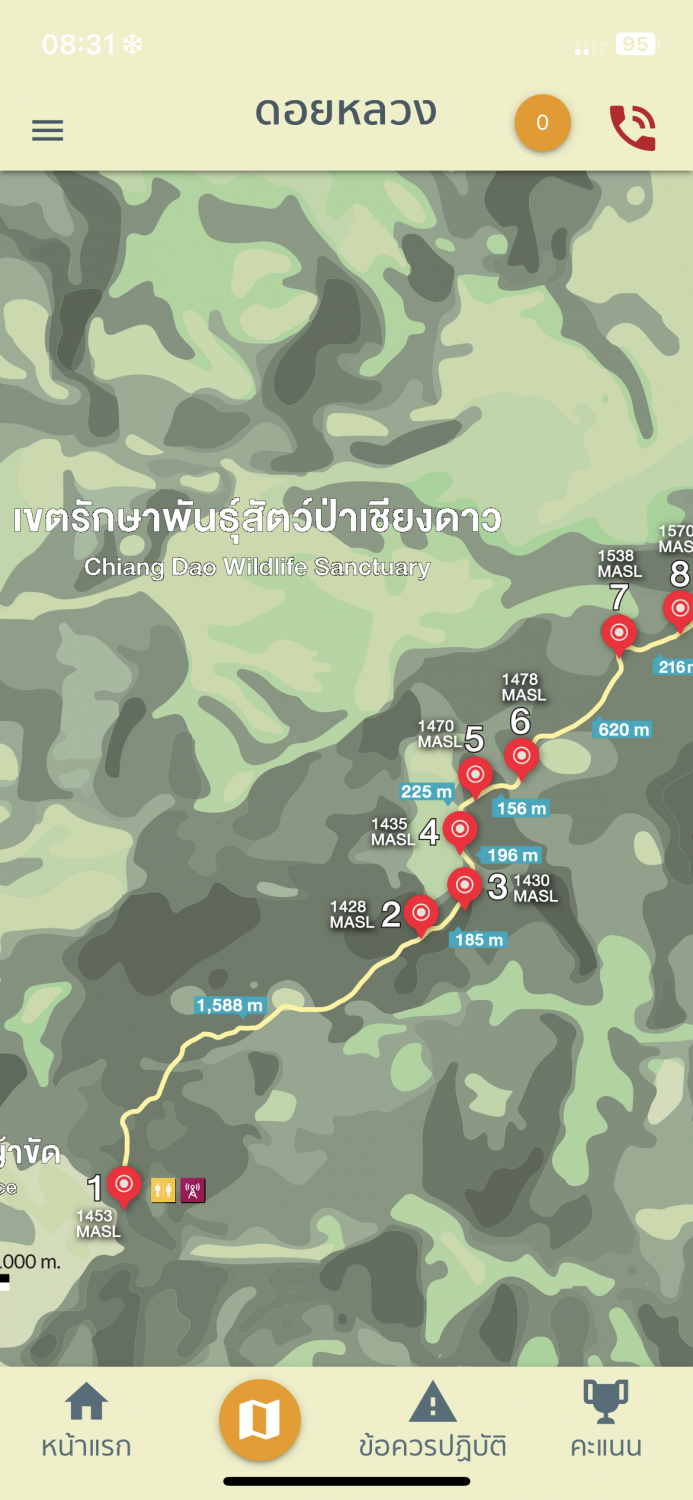
The offline map application 'Doi Chiang Dao Biosphere' displays 28 learning stations on a 8.5km hiking trail.
